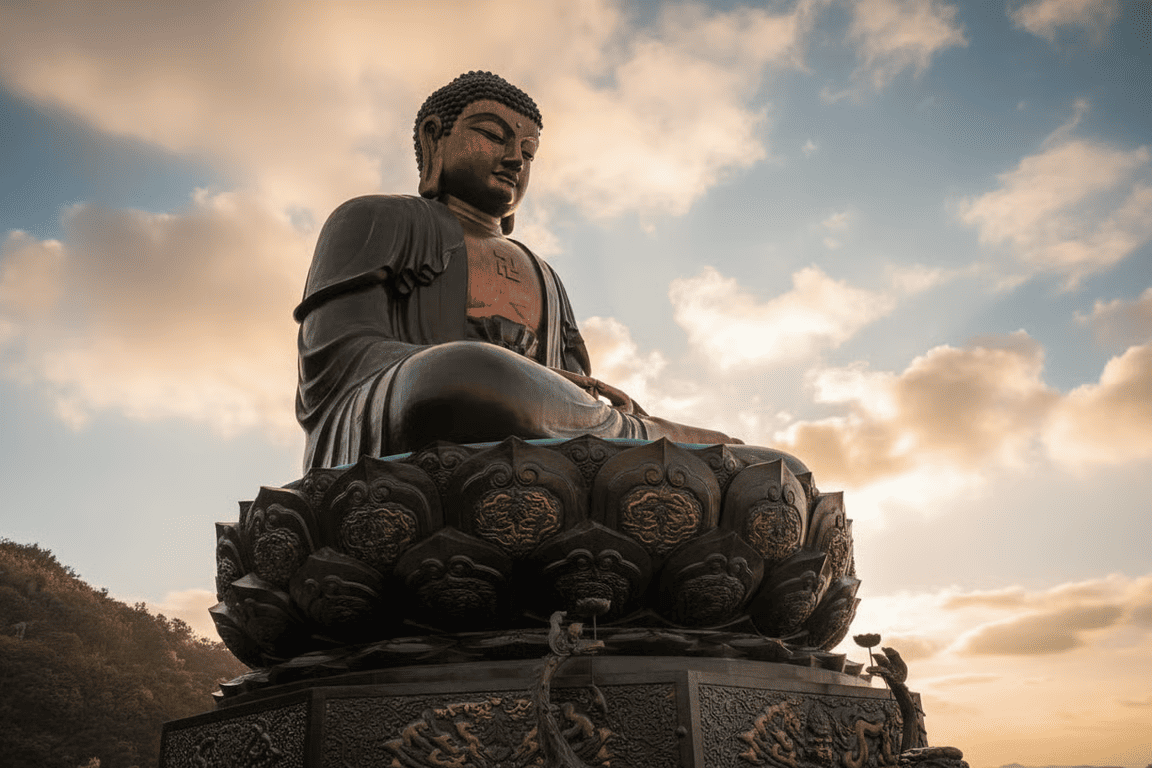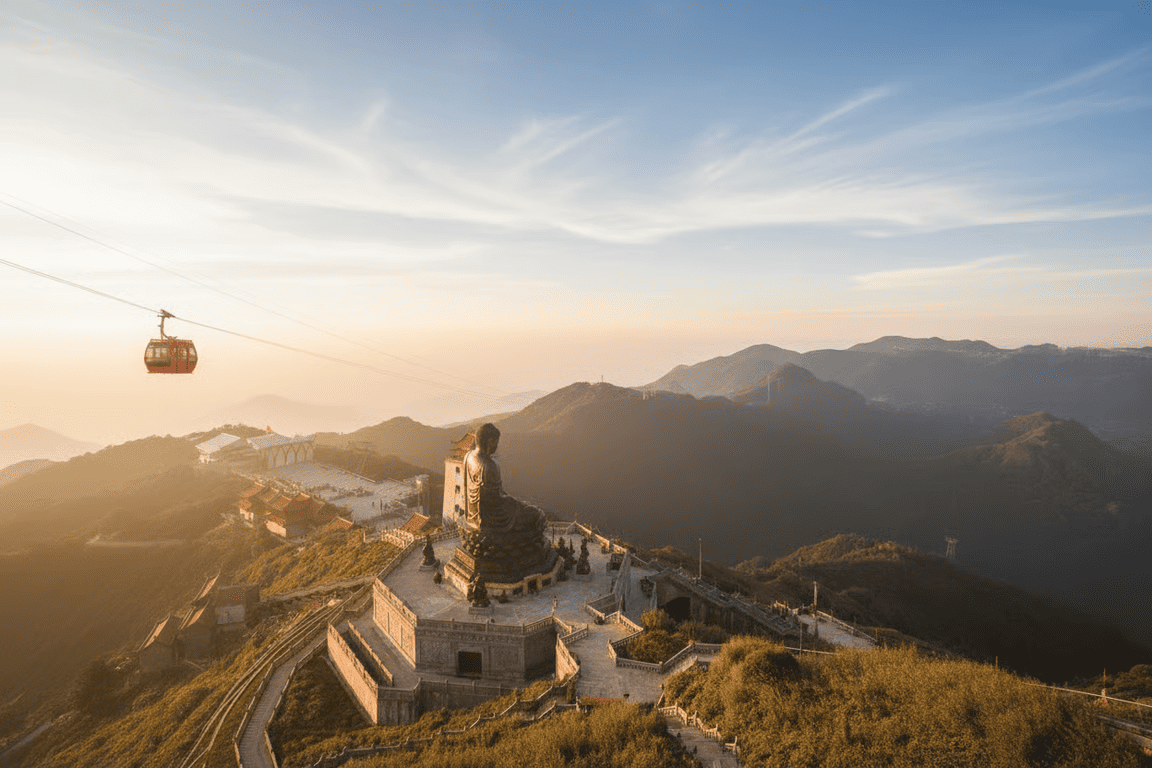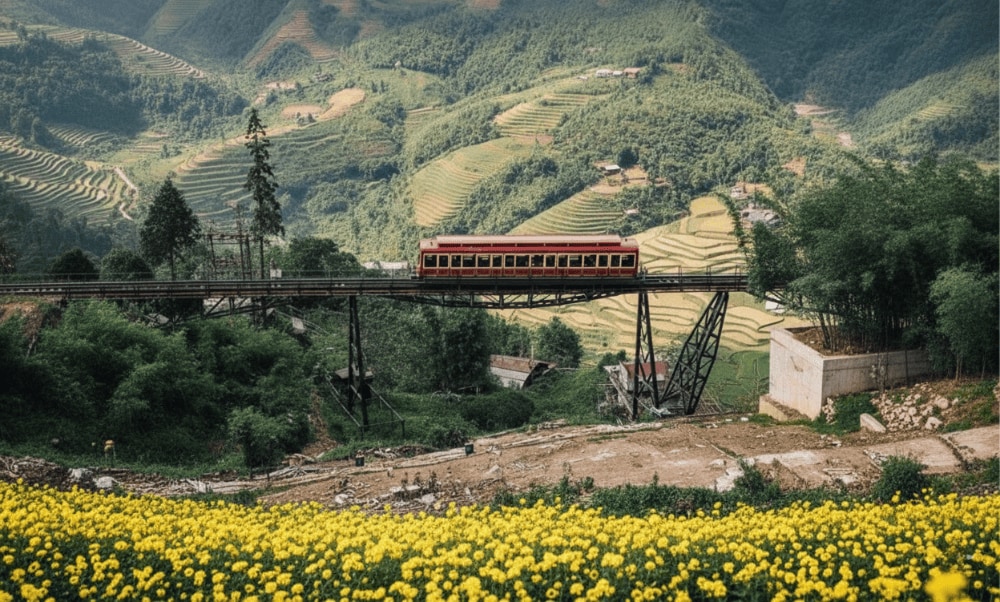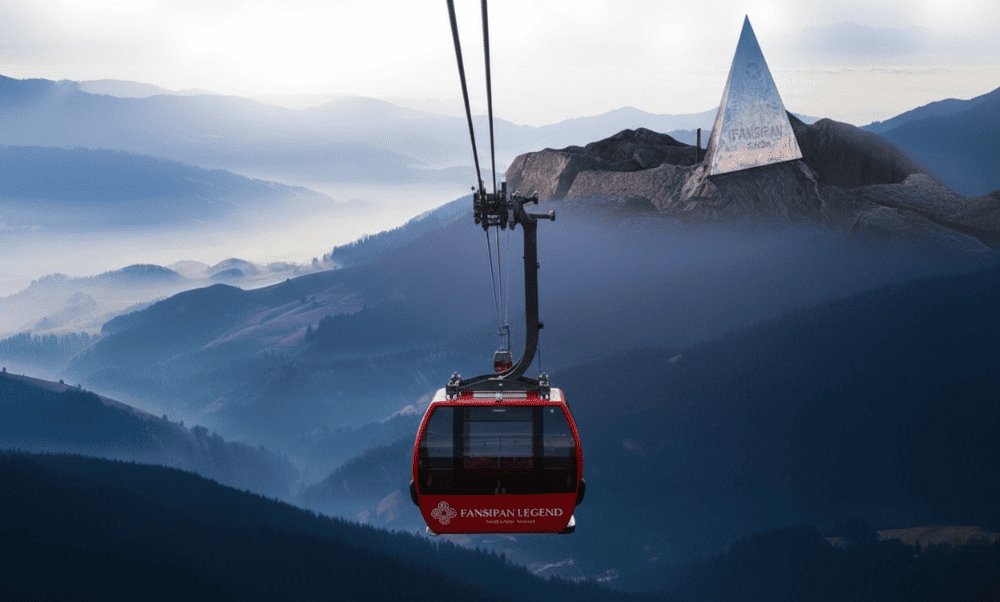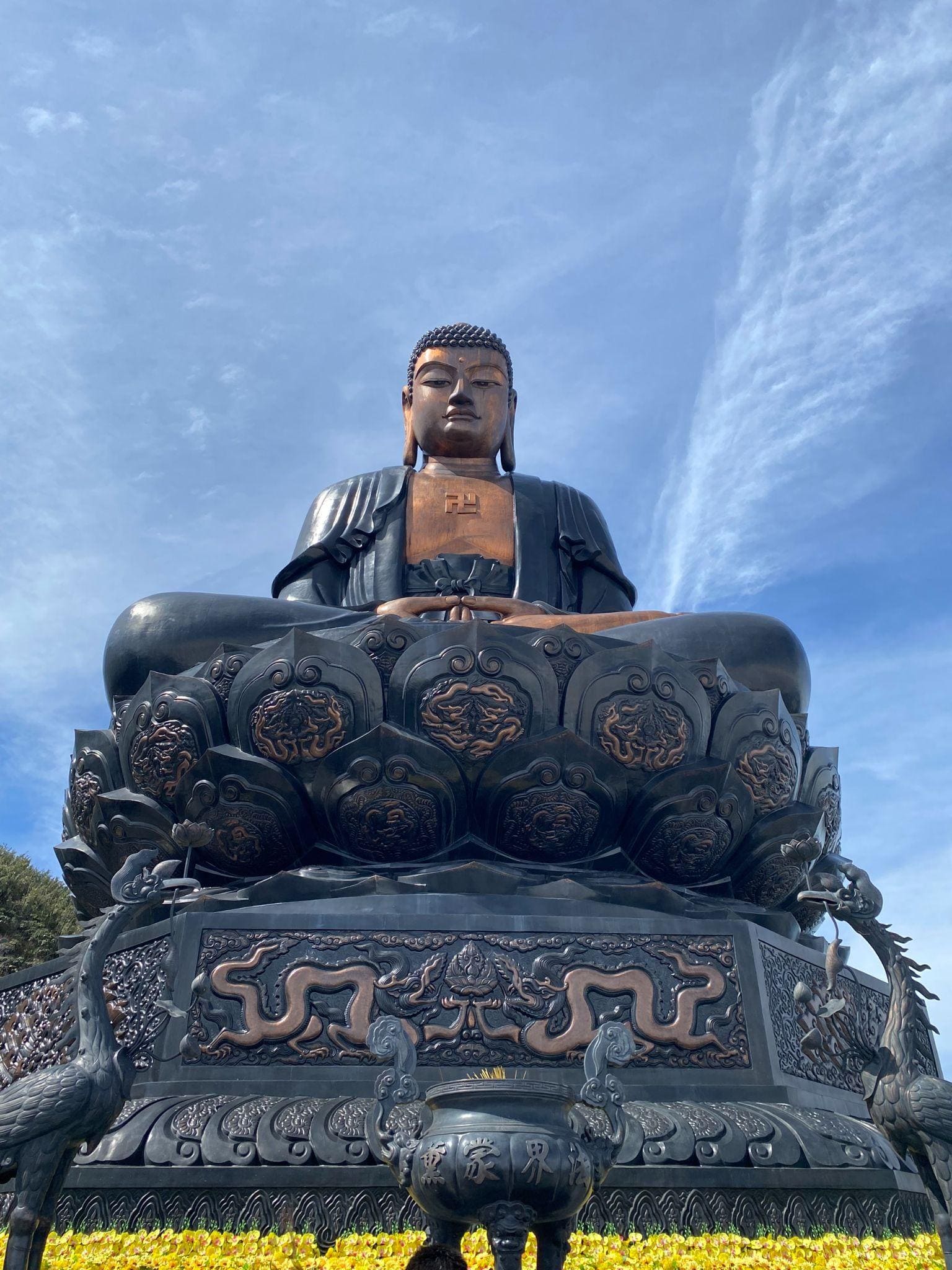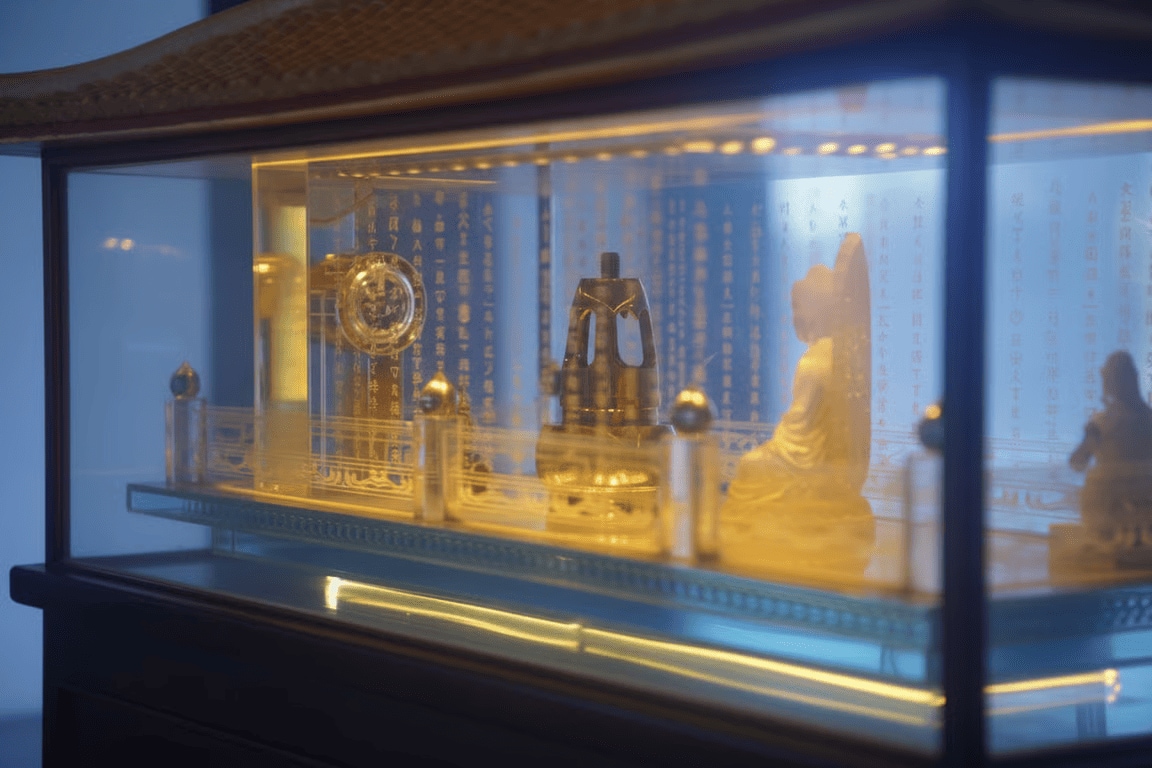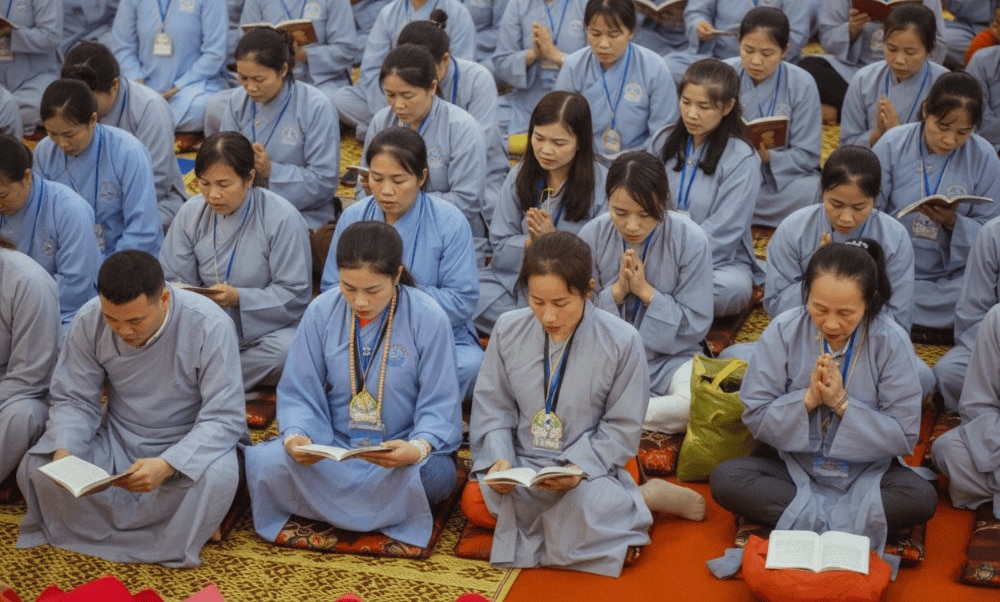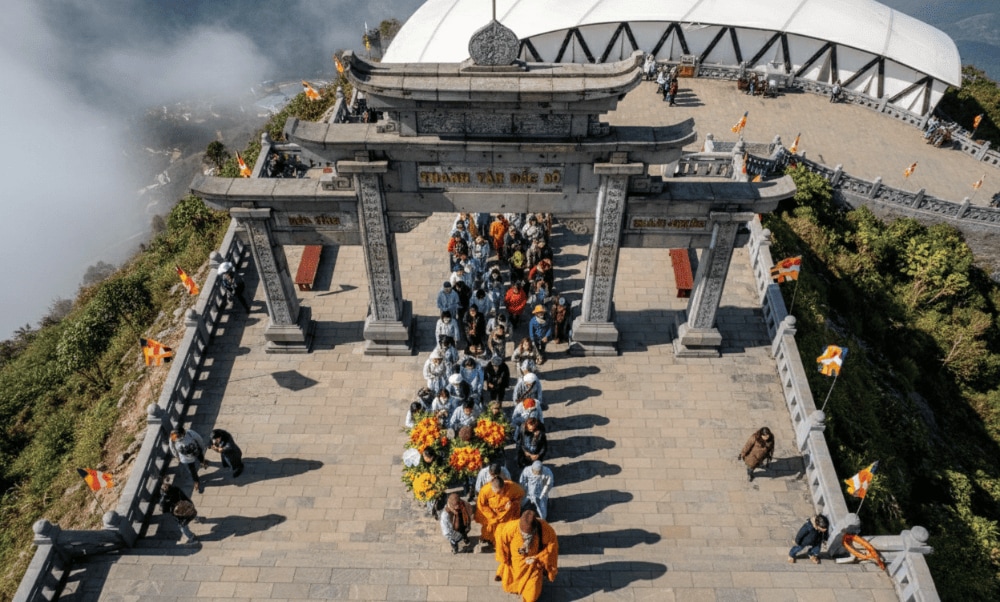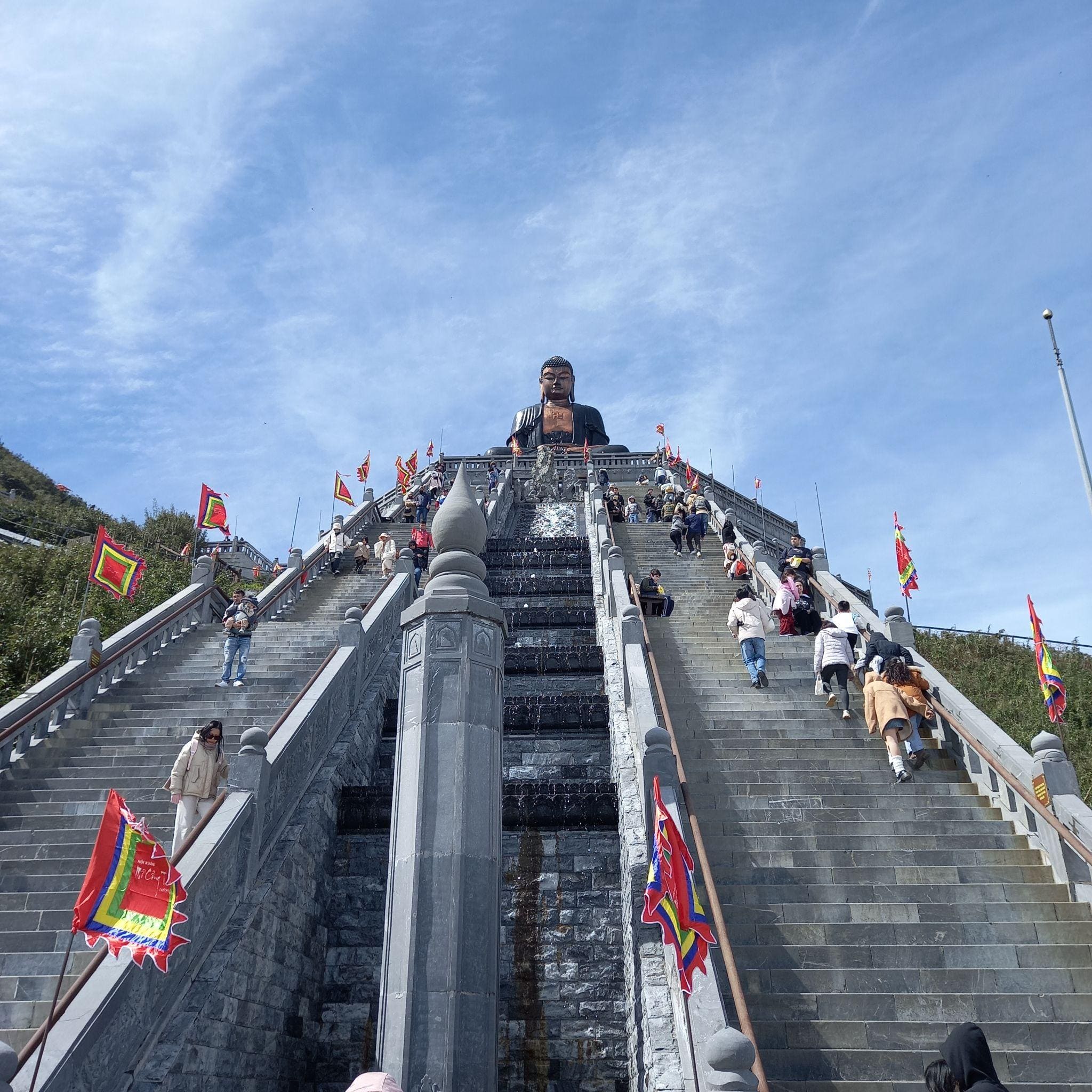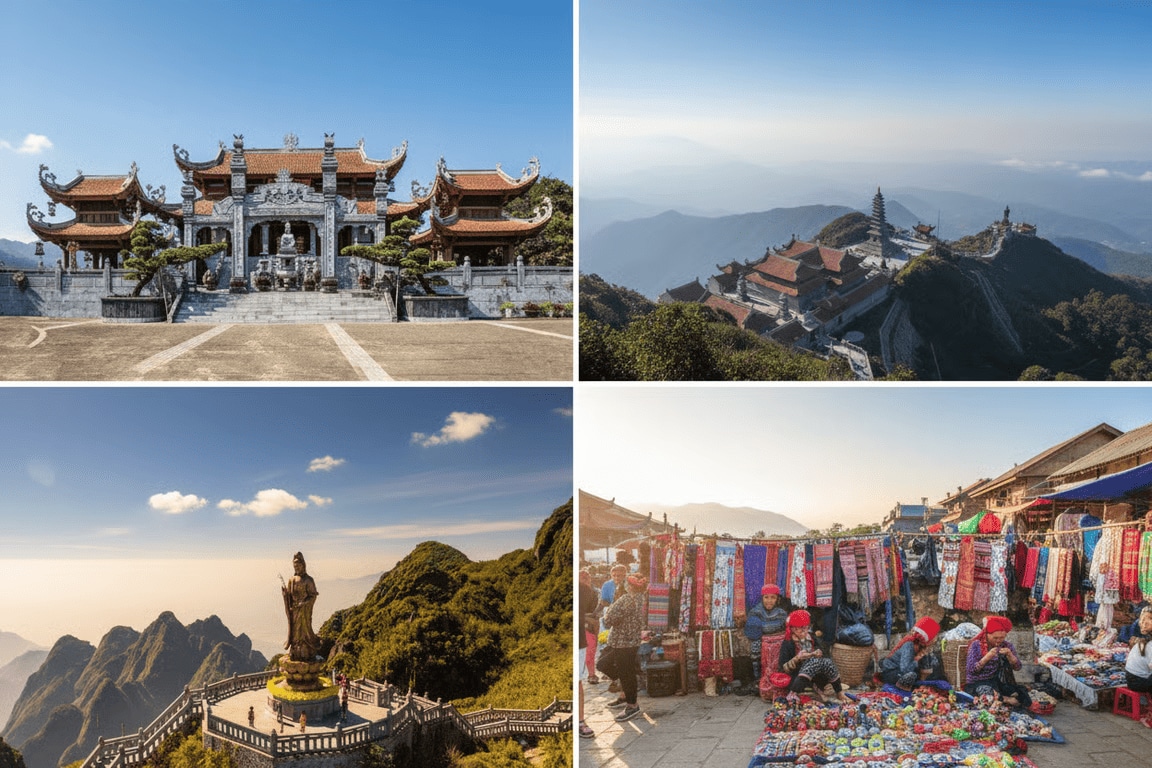The rare Buddha Light phenomenon represents one of nature's most spectacular optical displays on Fansipan Peak
Inspired by artistic traditions from the 15th-16th centuries, the structure features a robust steel framework engineered to withstand extreme mountain weather conditions. The crown jewel of the complex is the precious Buddha relics housed within a seven-story crystal pagoda, significantly enhancing the site's spiritual importance.
1.4. The Records and Recognitions of Fansipan Buddha
The Fansipan Buddha statue has achieved impressive records, confirming its unique position and stature throughout Asia:
- Vietnam Guinness Record: "The bronze Amitabha Buddha statue located at the highest altitude in Vietnam." This record recognizes the uniqueness and scale of the structure, making it a pride of Vietnamese tourism.
- Asian Guinness Record: "The bronze Amitabha Buddha statue located at the highest altitude in Asia." This demonstrates the greatness and influence of the Fansipan Buddha statue in the region, attracting international visitor attention.
1.5. The Cultural and Spiritual Significance of the Roof of Indochina
Beyond its religious function, the statue serves as a major cultural tourism asset for Sapa, creating a harmonious blend of natural grandeur and spiritual depth. Peak visitation occurs during significant Buddhist celebrations such as the Lunar New Year, Buddha's Birthday, and Vu Lan Festival, when thousands gather for worship and traditional ceremonies.
The site is particularly famous for the rare Buddha Light phenomenon - a spectacular seven-colored halo that appears in the clouds from October through December. This optical marvel is considered a divine blessing and sign of Buddha's protection, adding mystical appeal to the already sacred location.
2. How to Get to Fansipan Buddha?
Visitors can easily travel to the Fansipan Buddha statue using various transportation methods, depending on personal preferences and needs:
2.1. From Sapa Town to the Fansipan Cable Station
To reach the Fansipan cable car station from Sapa center, you can choose the following transportation options:
- Muong Hoa Mountain Train: This is Vietnam's most modern and longest train route, reducing travel time from Sapa center to the cable car station to just about 6 minutes. Round-trip tickets cost 180,000 VND per person. You can purchase tickets directly at Sun Plaza (Sapa center) or buy online to save waiting time.
- Road transportation (taxi/walking): The distance from the Stone Church (Sapa center) to the cable car station spans about 3km. Taking a taxi requires about 10 minutes with costs ranging from 40,000 - 100,000 VND, suitable for large groups.



